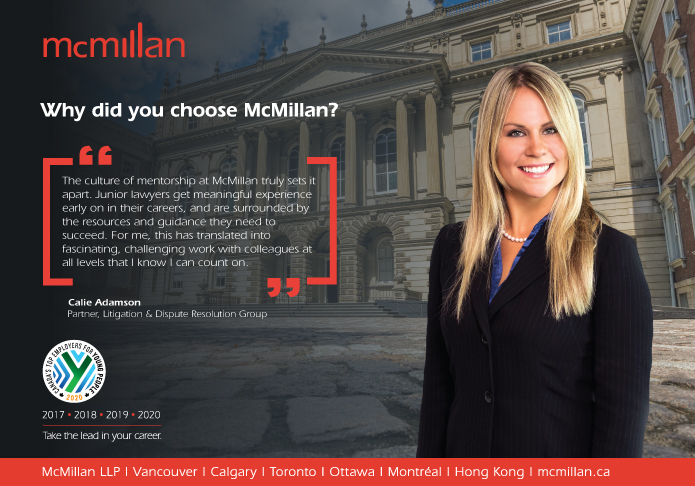
Part 1
First, some context
An initial public offering (IPO) or in layman’s terms, ‘going public’, is arguably one of the most important moments for any business and certainly one of the biggest pay-days for its founders and early investors. But what is an IPO? Put simply, an IPO is a manner in which businesses can raise capital through the public markets whereby shares can be bought and sold, nowadays, by anyone with an online brokerage account like WealthSimple or, for our southern friends, Robinhood. In an IPO, buying shares cheaply – before they’re made available to the general public – is restricted to institutional investors with deep pockets. Investment banks will advertise the soon-to-be publicly available shares to these institutional investors and individual accredited investors at roadshows, determine how much the company and individual shares are worth, arrange shares to be listed on an exchange like the Toronto Stock Exchange (TSX), and create as much investor demand as possible so that once that morning bell rings: cha-ching.
Now, being the astute law student that you are, you’re probably thinking – this sounds expensive. Well, you’re right. The bigger the deal – illustrated by a company’s market capitalization or value – the lower the underwriting fee that investment bankers charge companies for their aforementioned work. Generally, fees range from 3.5 to 7 percent and are guaranteed regardless of the IPO’s performance. In addition, this range doesn’t include fees associated with regulatory approval, exchange listing, accounting, miscellaneous fees, and you guessed it – legal fees. On top of that, it usually takes eight months to get a company listed and for any of you who’ve tried your hand in the markets, you know that timing is nearly everything. What may be the latest and greatest craze and in high demand among investors today – like GME and AMC – might not be in eight months. A lot can happen in the months leading up to an IPO such as a recession, increased interest rates (which filter money out of equities and into fixed income securities such as bonds), increasing competition, scandals, and even a pandemic – all of which may devalue the initial share price of your company. This means a smaller pay-day for founders, early investors and institutional investors who’ve gotten a piece of the pre-public allotment.
There must be a better way
As a business owner the wait, expenses, and uncertainty regarding the market and, more specifically, investor demand and potentially less access to capital, may encourage you to seek other ways to fund your company’s growth. There are a variety of private methods to raise capital but for those determined to go public there are alternative methods to an IPO such as a reverse merger, capital pool company (CPC), primary direct listing (recently approved by the NYSE and awaiting approval by the NASDAQ), or being acquired by a special purpose acquisition company (SPAC).
SPACs are nothing new. This alternative capital formation method debuted on the NYSE in 2003 with a SPAC named Millstream Acquisition Corp who eventually acquired home healthcare service provider Nations Health. But SPACs have only just begun to take the IPO-market by storm. In 2020, US-listed SPACs raised $83.4b of capital or about 50% of the amount raised through US-listed IPOs. In the US, SPACs are predicted to easily surpass this mark in 2021 – over only the first three weeks of 2021, SPACs have raised over $34.1b (41% of last year’s total) for completed and filed (awaiting regulatory approval) offerings.
Breaking it down
SPACs allow companies to go public through a simple, two-step process that we will outline in the context of Canada’s largest exchange, the TSX. First, financiers named the ‘sponsors’ create a shell or blank cheque company. As you can probably guess, a shell company only has two items on its financial statements – cash and administrative fees because it has no operations, which is why filing the necessary disclosure documents including a prospectus with regulators only takes about three weeks from start to approval compared to the eight-month period for operating companies. Once these founders have raised at least $30m and hold at least 10-20% ownership of that capital personally, they can list their SPAC through a traditional IPO – let’s call ours the Osgoode Acquisition Corp. Now, it’s up to the sponsors of Osgoode Acquisition Corp and their team to find a suitable business to acquire with these funds, which are held in a trust and invested in low-risk, low-return securities like government bonds until an acquisition is made. Investors put their faith not in an operating business, which is the case with an IPO, but entirely in the sponsors’ ability to find an undervalued, high-growth business to acquire in 2-3 years or less.
Second, once the sponsors have found a suitable acquisition target and have received shareholder approval to make the acquisition, the de-SPAC phase commences. Here the funds being held in trust are used to acquire the target business which changes the SPAC’s sticker symbol to reflect some abbreviation of the acquired business. On its surface, a SPAC appears to be an attractive alternative to IPOs and private methods of capital formulation – but it does pose some concerns.
Moving forward
The primary purpose of this article was to introduce you to what a SPAC is and why it’s an important capital formation method for business owners as well as a noteworthy investment vehicle for investors to be aware of. What a SPAC represents – namely, a cheaper and quicker method to raise capital but at the expense of control, full disclosure, and predictability – is nothing to ignore. Securities law is based on the premise that investor protection is achieved by full, true, and plain disclosure of material information, but SPACs flip this concept on its head. With SPACs, investors part with their money before even learning what business or, in most cases, what type of business (by sector or industry) their investment will be used to acquire. Here, the cart is certainly put before the horse. Any prospective securities lawyer or finance professional should not ignore what the return of SPACs represents.
Over the next several months, we’ll be consulting a variety of stakeholders in the securities world including lawyers, investment bankers, institutional investors, sponsors, founders, and regulators for their take on the benefits and risks of SPACs. Particular attention will be paid to the protection of retail investors who remain the most vulnerable to creative financiers looking to make a quick profit through the SPAC shortcut.
There are 153 US-listed SPACs and only two in Canada, but we believe these numbers are only going to continue increasing. We endeavour to explore the SPAC boom seen in 2020 and determine whether it was an anomaly, like so many other things in 2020, or if they’re here to stay and, if so, how they will change securities law as we know it.
We’ll be SPAC.
Many thanks to Scott Lin (Osler, Hoskin & Harcourt LLP) and Matthew Imrie (Dentons Canada LLP) for their help in guiding our research and informing our writing focus.

